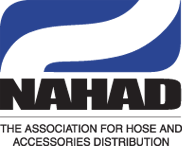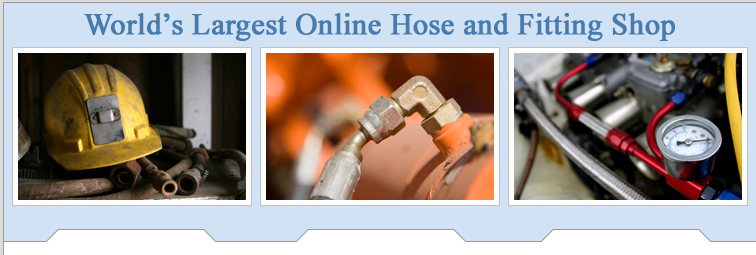
Application: The conditions under which the hose assembly will be used
The type of application in which a hose assembly will be used is very important in determining what type of hose should be selected. The most common types of applications are listed below.
- High Impulse: Hydraulic system is subjected to frequent pressure spikes.
- Low Impulse: Hydraulic system is seldom subjected to pressure spikes.
- Non-flexing Applications: Hose assemblies are not subjected to bending or flexing from articulation of the equipment.
- Flexing Applications: Hose assemblies are subjected to bending or flexing due to articulation or movement of the equipment.
- Vacuum: Hose assembly is exposed to negative pressure (less than atmospheric).
Environmental conditions such as ultraviolet light, salt water, air pollutants, temperature, ozone, chemicals, electricity, abrasion and paint application will all negatively impact hose assembly life.
Static discharge can become an issue when non-polar liquids or mixtures including non-polar liquids are conveyed in a non-conductive hose. A static charge will build and on discharge perforate the hose tube, to avoid this use conductive tube products when conveying non-polar, or mixtures of non-polar, liquids.
Electrical conductivity of hydraulic hoses or conveyed fluids is an issue with equipment used to work around electrical lines. If hydraulic equipment is to be used around electrical lines, always uses hydraulic hoses rated as non-conductive.
Be sure to select products that will meet any regulatory standards required in the application. Examples of these standards would include: SAE, USCG, EN/DIN, ABS, etc…
Never place hoses in a position where they are pulled on. Hoses are designed to hold pressure and convey fluids, exposing them to axial loads will cause premature failure. Any special or unusual applications should always be approved the hose manufacturer, otherwise additional independent testing may be required.
The following questions may need to be answered, such as:
- Where Will the Hose be Used?
- Fluid and/or Ambient Temperature?
- Hose Construction?
- Equipment Type?
- Fluid Compatibility?
- Thread End Connection Type?
- Working and Surge Pressures?
- Environmental Conditions?
- Permanent or Field Attachable Couplings?
- Suction Application?
- Routing Requirements?
- Thread Type?
- Government and Industry Standards being Met?
- Unusual Mechanical Loads?
- Minimum Bend Radius?
- Non-Conductive Hose Required?
- Excessive Abrasion?
© Copyright 2012 by the Association for Hose & Accessories Distribution, Inc. 


